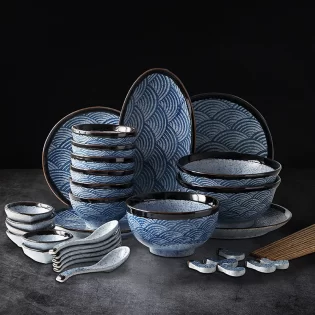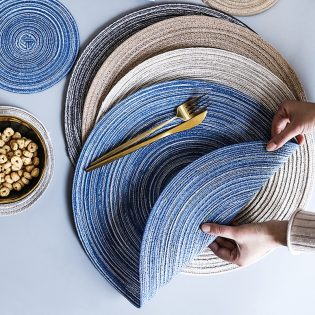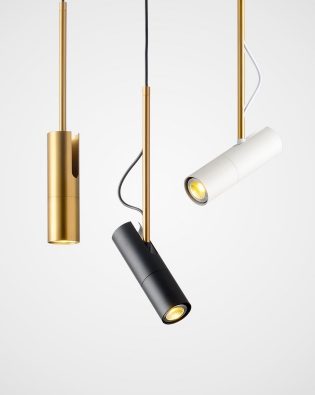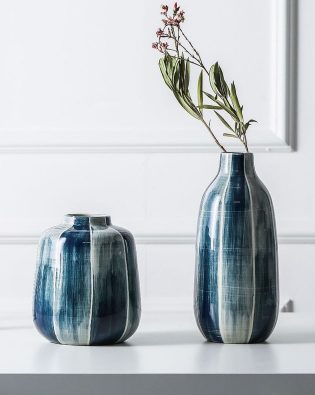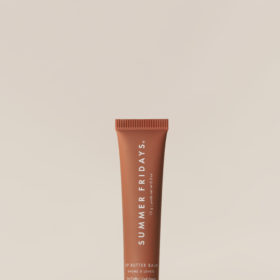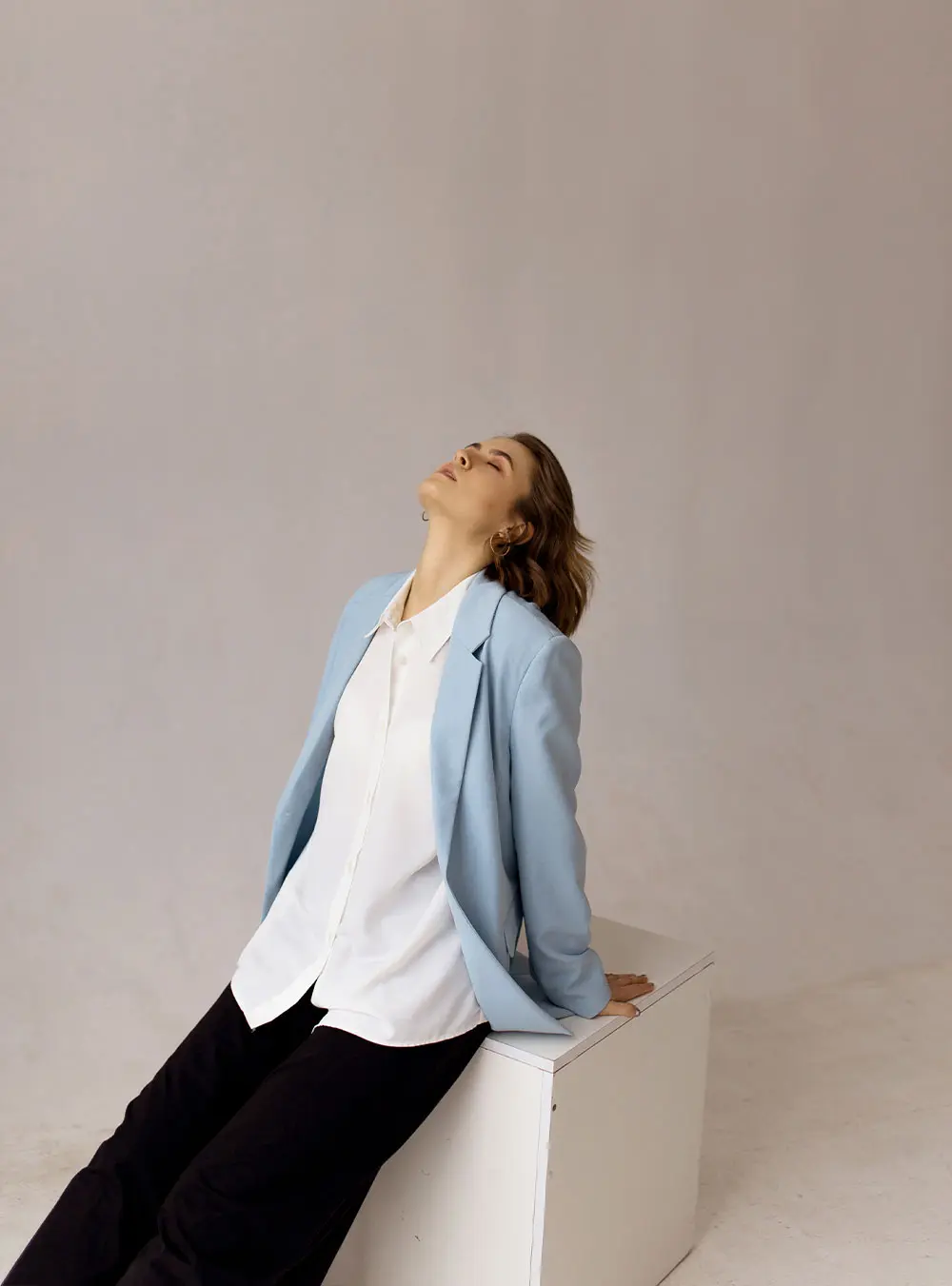This is Texture Talk, our long-running column that deep dives into the dynamic world of curly hair, from crowns of curls that are free flowing to strands that are tucked away in a protective style.
The first time I watched an episode of The Bachelor was a decade ago. It caught my attention as I was scrolling through channels, browsing for something to watch, and I was hooked almost immediately. Since then, my affinity for reality TV has grown exponentially and I’ve added The Bachelor spinoffs, Love Island, The Challenge and The Amazing Race to my roster.
So many things about the reality-TV experience pique my interest — but perhaps none more than the hair. As a Black woman, I often struggle to style and take care of my own hair, even with endless tools, products and stylists at my disposal. But many reality-TV stars are isolated for the duration of their show’s filming process. Every time I watch a Black contestant on TV, I wonder how they managed. What is it like for a Black woman to style her hair, with no access to her regular resources, when she knows that millions of people are watching? Allow three reality-TV stars to tell you themselves.
Tessa Tookes
The Bachelor season 26; Bachelor In Paradise Canada season 2
Photography by Victoria Malanowski
When I was cast for season 26 of The Bachelor, I really went by the books in terms of preparation,” says Tessa Tookes. “I got eyelash extensions and bought new makeup and an entirely new wardrobe. And I spent a lot of money on my sew-in. My hair alone probably cost $1,200.”
Tookes says that the time and money she spent before and during that season were more than just the result of nerves and excitement for her first-ever television gig. “I think that was me trying to compensate for confidence I didn’t have,” she recalls. “Maybe I wasn’t fully at peace with my identity at the time, and to me, that was reflected in the lengths I went to for my appearance. I’ll always remember the day before I got eliminated; I went into the kitchen and gave myself a silk press using Saran Wrap [since the plastic helps seal in moisture, resulting in smoother strands].”
When Tookes went on Bachelor in Paradise Canada the following year, things were different. “I’d learned more about my hair texture,” she says. “I still wore extensions, but that time, I chose a texture that mimicked my natural curls, to give me the option of wearing my hair naturally if I wanted to. But even then, I had 15 minutes to get ready for the first date. I was so rushed that in the end I wasn’t happy with how I looked. I felt like I never had enough time. I think that’s partly why the reality-TV experience feels less equal for women with textured hair.”
Serene Russell
The Bachelor season 26; Bachelor In Paradise season 8
Photography by Justin Macala
The women of colour were constantly battling against time with our hair,” says Serene Russell of her time on The Bachelor. “I opted to straighten mine because it just felt easier. Our schedule was unpredictable, so I thought, ‘If I know I’m going to be woken up in two hours, or only get four hours of sleep, at least my hair’s already done.’”
During the shooting of Bachelor in Paradise in Mexico, new challenges presented themselves. “There were times when I wanted to get in the pool or the ocean and swim with everyone else, but I knew that I might have to film shortly after, without having enough time to do my hair,” says Russell.
“At the end of the day, it’s a dating show,” she says. “You want to look your best, not only for national TV but also for the people you’re dating. I wish viewers would give women of colour a little more grace when it comes to their hair and appearance on these shows, because I had to work so hard just to feel presentable.”
Desi Williams
Survivor season 35; The Challenge: USA season 1; The Challenge: USA season 2
Photography by Jack Manning III/Jaxon Photo Group
I was on Survivor after being in the world of pageants,” says Desi Williams. “I went from an environment where looks mattered more than anything to not even having access to a mirror. Initially, it was really hard for me. I remember constantly wondering ‘How do I look? Do I look OK?’ It was a tough adjustment.”
After Survivor, Williams went on two seasons of The Challenge: USA, a spinoff of two MTV shows, The Real World and Road Rules. Similar to on Survivor, “hairstyling is totally on you during filming,” she says. “I had to think about my sanity. I could continue to think about the fact that cameras were around me at all times and do my hair and a full face of makeup every day — but was that realistic for eight weeks of filming? I decided the only time it really mattered how I looked was when I filmed my confessionals. Otherwise, a head scarf and edge control went a long way.”
The second season of The Challenge: USA was filmed in Croatia. “All the handlers were white,” says Williams. “They tried to be as helpful as possible, but they rarely understood what I was asking for. I remember asking for a hot comb and they were like, ‘What is a hot comb?’” she laughs. “But you know what? They went online and they found me a hot comb!” Overall, Williams is happy with the direction in which the world of reality TV is headed. “I feel like reality television is finally in a place where it wants to honour Black queens.”
This article first appeared in FASHION’s Summer 2024 issue. Find out more here.
The post Here’s What It’s Like Maintaining Black Hair While Filming for Reality TV appeared first on FASHION Magazine.
[#item_full_content] [#full_content_feedzy_rewrite]

